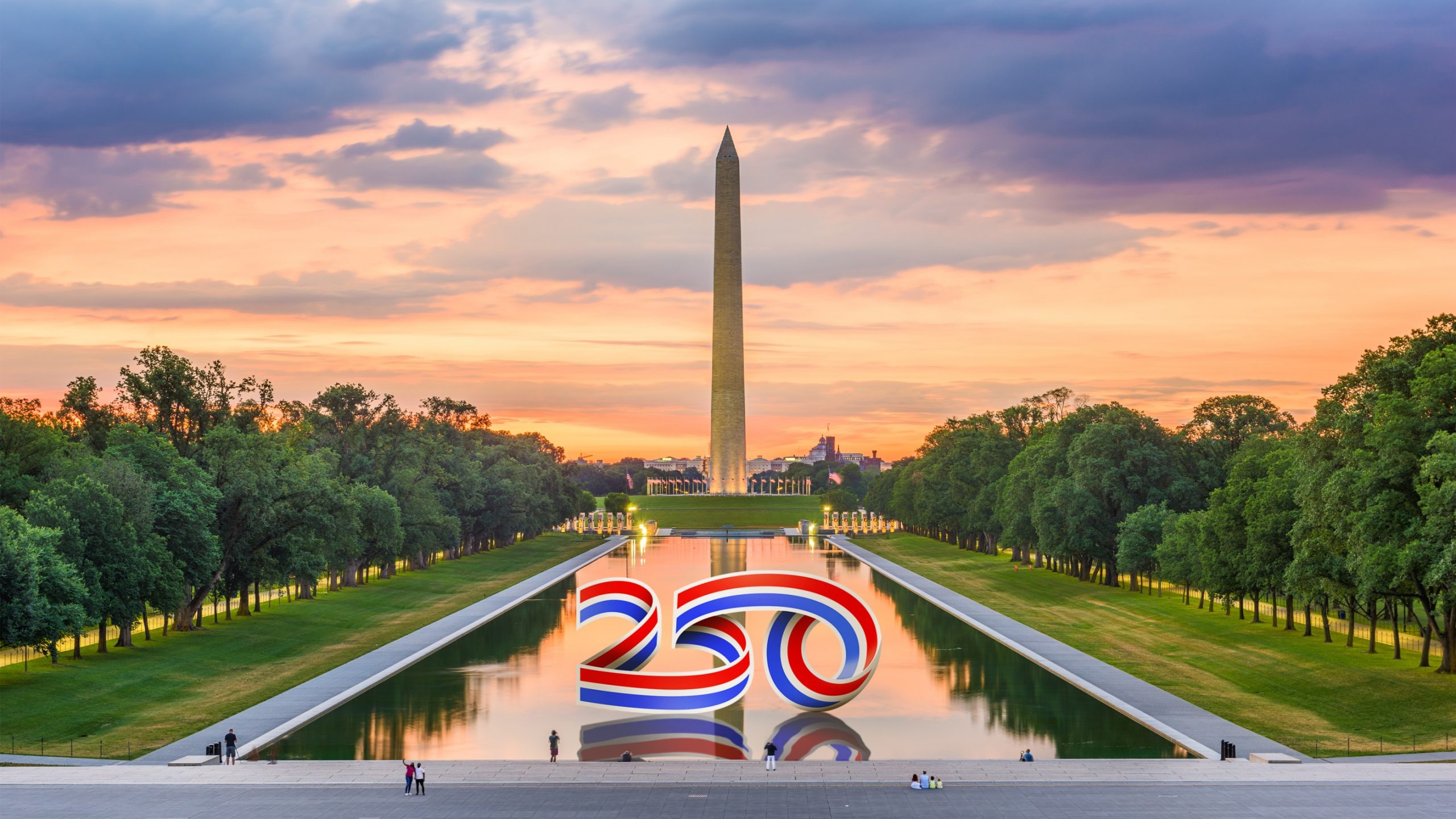I’ve had Matthew Butterick’s Practical Typography website/ebook bookmarked since I discovered it over ten years ago. It’s making the rounds again, and I think it’s a good reminder that we are all “professional writers” as he describes:
When we think of “professional writers” we probably think of novelists, screenwriters, or journalists. But the programmer, the scientist, the lawyer—and you, if your work depends on presenting written ideas—all deserve to be called professional writers.
But as professional writers, we do more than write. We edit, we format, we print, we generate PDFs, we make web pages. More than ever, we’re responsible for delivering the written word to our readers. So we’re not just writers—we’re publishers.
Typography is the visual component of the written word. Thus, being a publisher of the written word necessarily means being a typographer.
He’s right. As much of our work is in producing documents and content, we are publishers. Here are a few of my favorite pages:
This book reminds me of a couple of seminal books from the early 1990s: The Mac Is Not a Typewriter by Robin Williams and Stop Stealing Sheep by Erik Spiekermann and E. M. Ginger. The former is how I learned all the basics, back when I was designing my high school’s newspaper. The latter is more comprehensive, going deeper into how type works conceptually. These three are all essential resources for any designer.






















